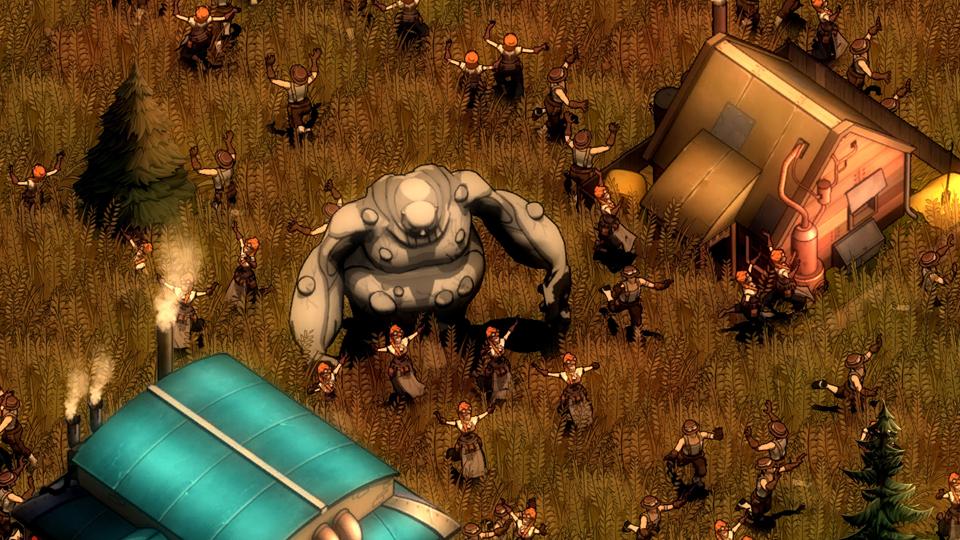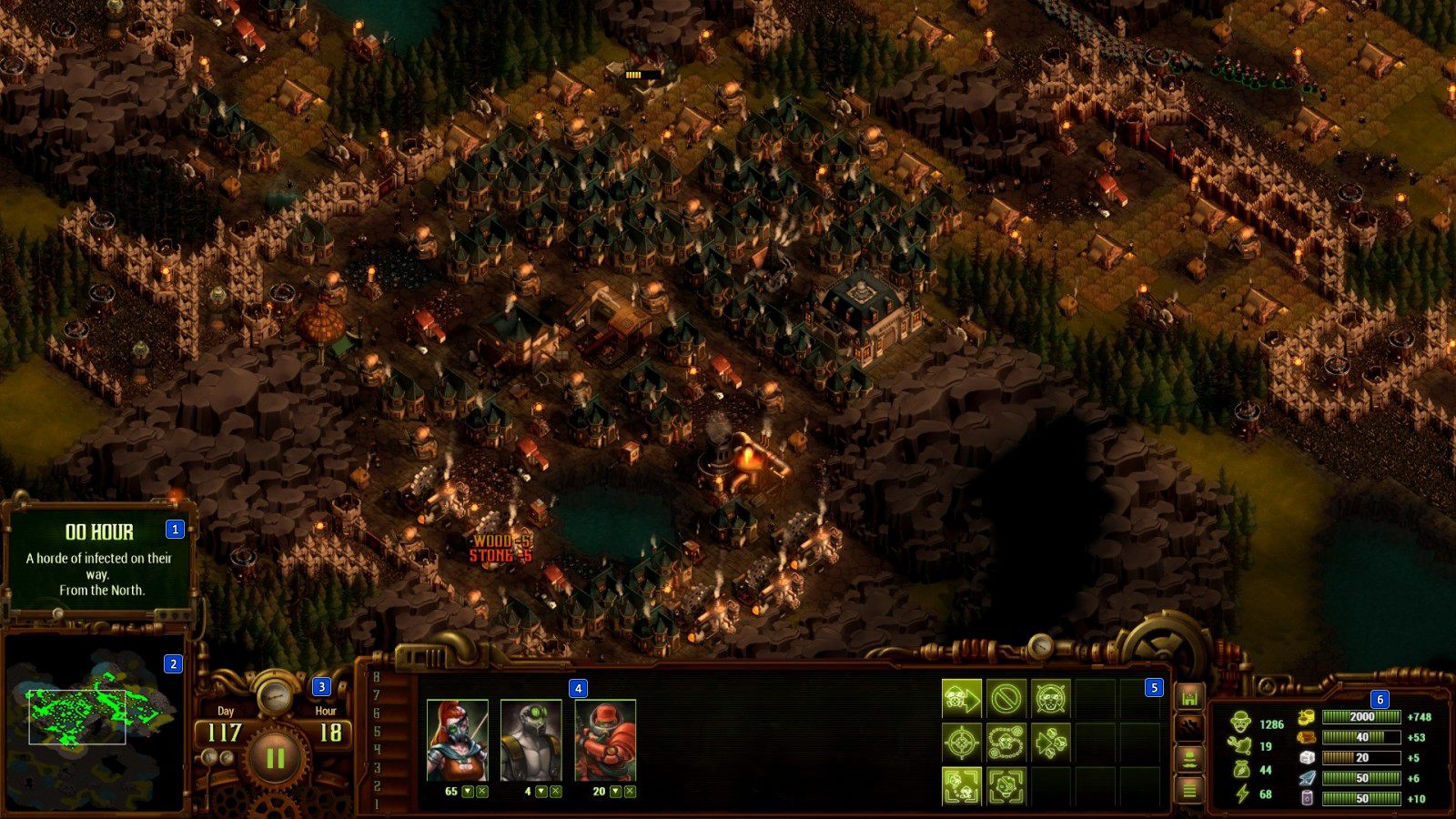

It has a cute, childish design to make players feel comfortable and to indicate the game isn’t that serious. The hero runs around Central Park, NYC in real life, but embarks on adventures, fights monsters, and collects treasure in an alternate reality. MapQuest is the start of a fun adventure game. Open the starter project and check out the project files. Start by downloading the project materials using the Download Materials button at the top or bottom of this tutorial. Or the video course MapKit and Core Location. To get familiar with MapKit, check out MapKit Tutorial: Getting Started To create custom MapKit tiles, you’ll first have to know how to show a map. If you have a well-defined area in mind for your map, a custom map can add a ton of sizzle to your app. Given the size of the planet, it’s only practical for a well-defined, geographically small area. Hand-drawing a map takes significant effort. Taking a walk down fantasy Central Park, you’ll encounter formidable beasts that you’ll defeat on your way to glory! You’ll learn this by building a location-based adventure game.


Replace existing MapKit tiles with a different set of tiles.This tutorial covers how to include hand-drawn maps in your apps, instead of programmatically-generated maps, as Pokémon GO uses. Unfortunately, this means most maps look the same from app to app. They provide locations of nearby points of interest, help users navigate a town or park, find nearby friends, track progress on a journey or provide context for an augmented reality game. Update note: Adam Rush updated this tutorial to Xcode 11, iOS 13 and Swift 5.


 0 kommentar(er)
0 kommentar(er)
